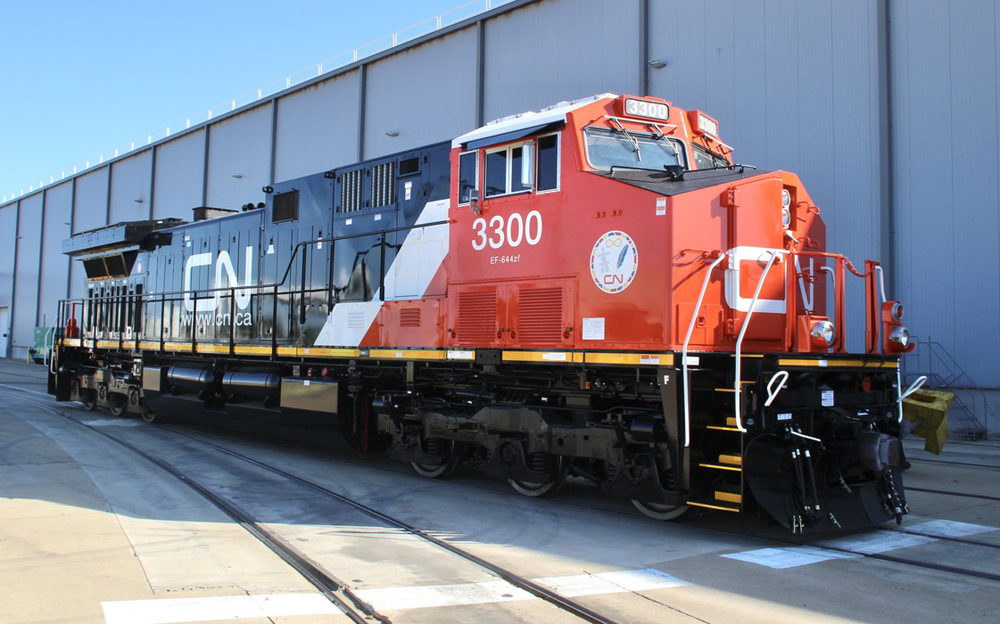
MONTREAL and PITTSBURGH — Canadian National has placed an order with Wabtec to modernize 60 Dash-9 locomotives in CN’s existing fleet, the two companies have announced.
The new order builds on a previous 50-unit order and will bring the total modernized fleet to 110 locomotives. The locomotives involved will be converted from DC to AC-powered traction and will gain such enhancements as the FDL Advantage engine upgrade and digital features such as Trip Optimizer and Locotrol Distributed Power. The upgrades will extend the life of the locomotives and provide benefits include fuel-efficiency improvements of up to 18% through engine and digital-technology enhancements, an expected increase in reliability of more than 40%, and an increase in pulling power of up to 55%, the companies said.
“Modernizing these locomotives cost-effectively improves the reliability of our existing fleet and contributes to reducing our rail carbon footprint,” Mark Grubbs, CN vice-president mechanical, said in a press release. “In addition to reducing the environmental impact of our own operations, it helps us to reduce the greenhouse gas emissions of our customers.”
CN expects to realize up to 50,000 metric tons in annual greenhouse gas emission reductions from the total program, the equivalent of removing nearly 10,700 non-electric passenger cars. Additionally, the modernization order will reuse or recycle approximately 11,000 metric tons of steel.
CN received the first locomotive in the initial modernization order, 4,500-hp AC44C6M No. 3300, last October at the Wabtec plant in Fort Worth, Texas [see “Canadian National receives first diesel in Wabtec remanufacturing order,” Trains News Wire, Oct. 17, 2022]. The units are essentially indistinguishable from a new diesel.
“Our modernization solutions allow CN to enhance its existing fleet by upgrading to Wabtec’s state-of-the-art technology to enhance the locomotives’ performance to current standards,” said Alicia Hammersmith, President of Wabtec Freight Services. “Our modernization program supports the circular economy and is a key component of Wabtec’s sustainability approach through processes that reduce waste, extend life, and improve fuel efficiency, thereby driving emissions reductions and helping customers save money.”






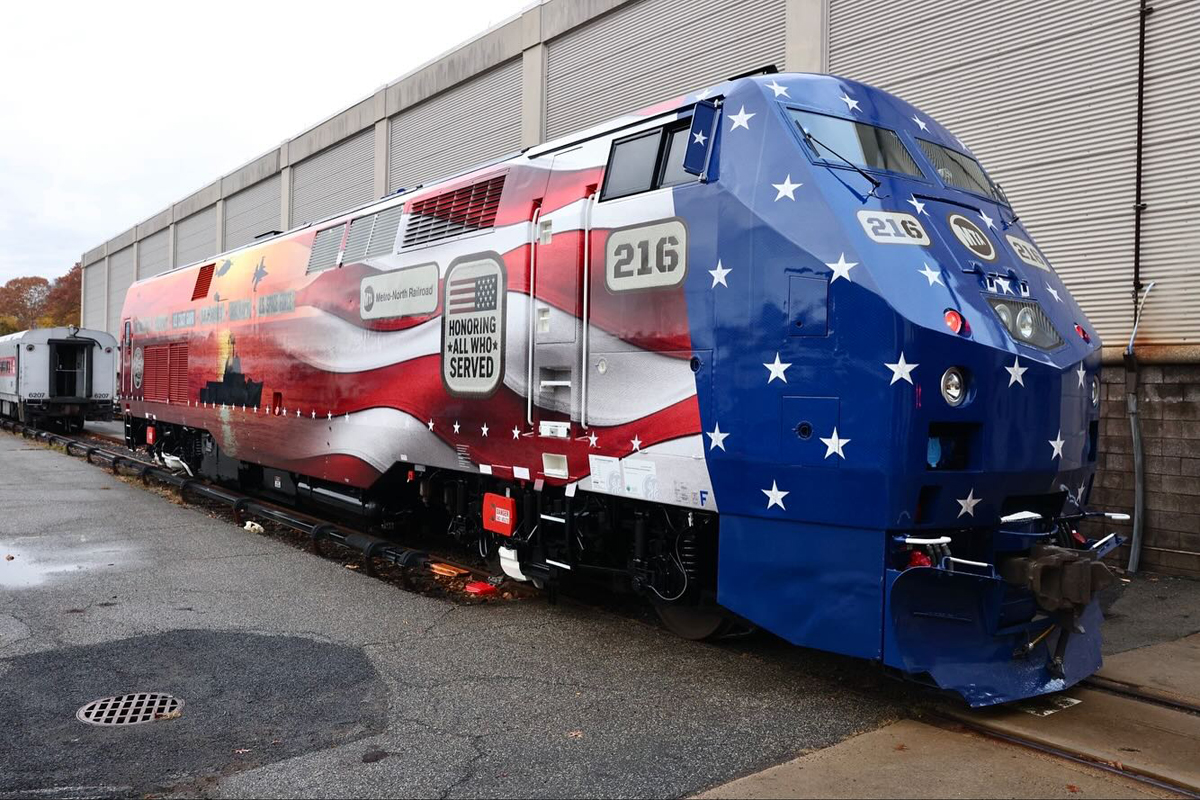
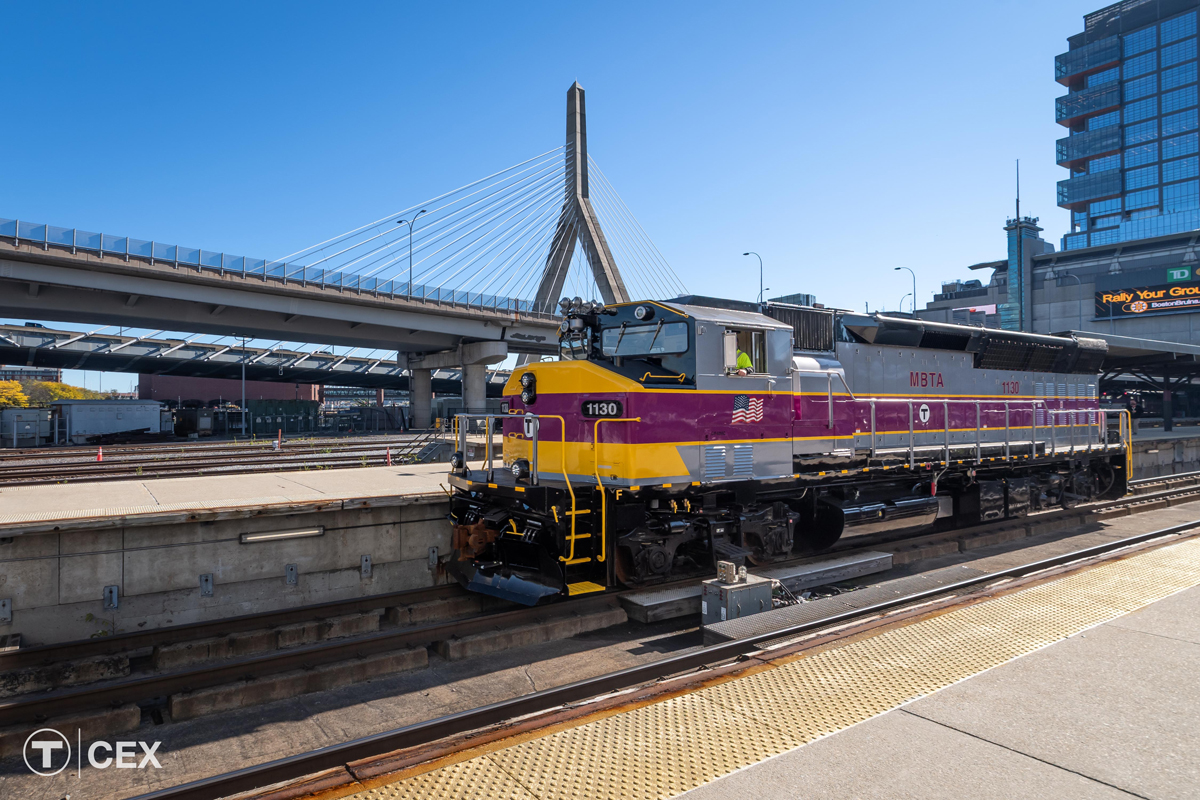
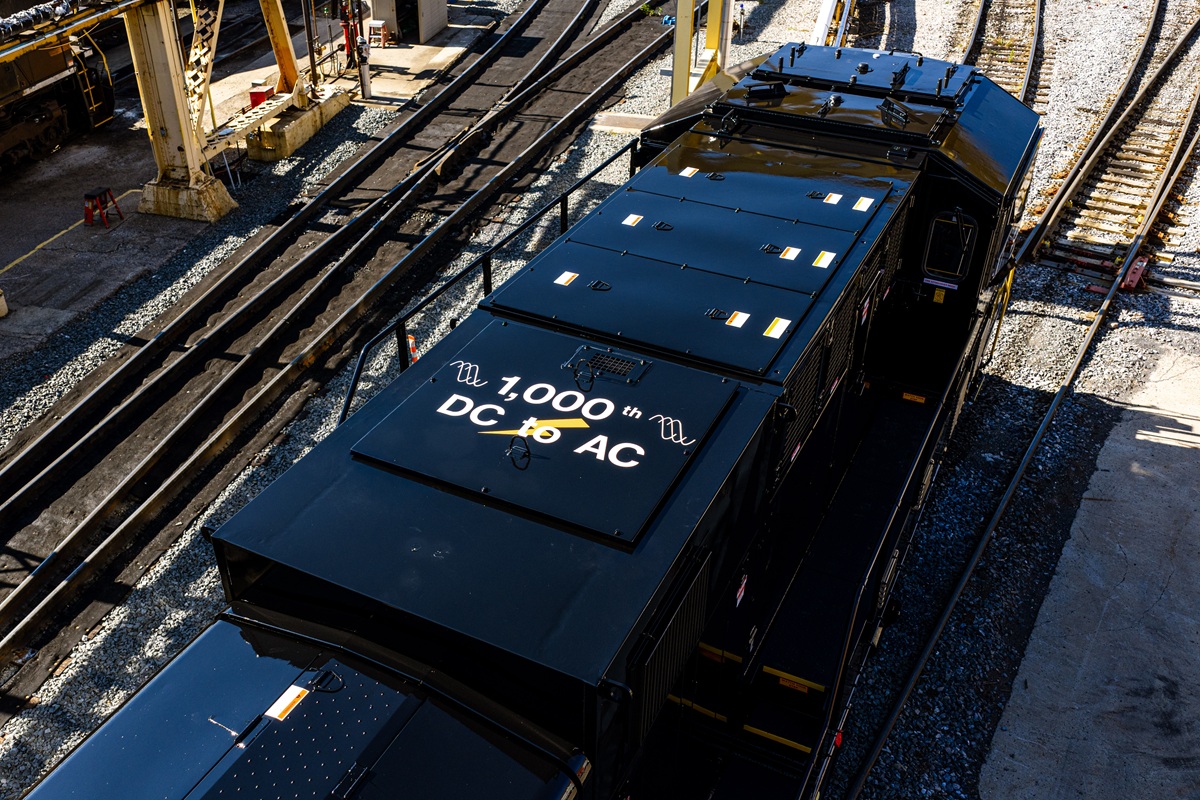
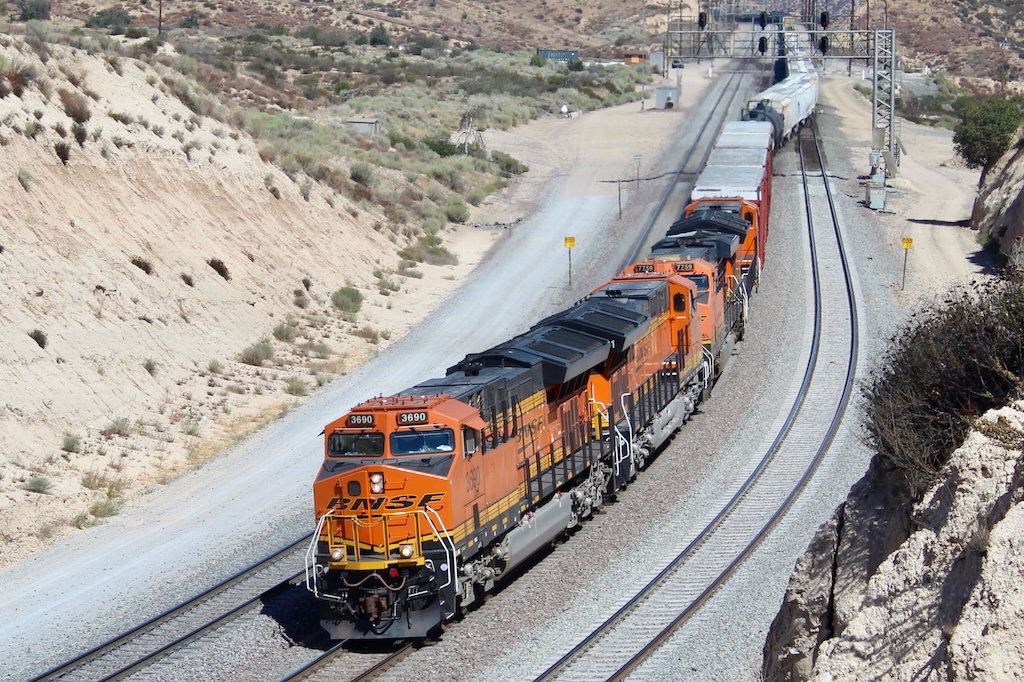




Nobody likes the tier IV engines. Doesn’t matter if it’s a locomotive or a big rig engine. K now a couple of truckers; one an independent and the other drives for a large trucking firm. They both said the Tier IV compliant vehicles are more expensive to maintain, less fuel efficient, and are more complicated to work on. They also say that the new engines won’t last as long. Mechanic’s tell them it’s one thing to replace an external part attached to the motor, but the moment they have to go inside the motor, it makes more sense economically to replace the whole engine.
* CORRECTION *
Apparently, CN of Monteral has memorized well one of the ageless golden rules of the rail industry: “If you do not buy a new one, renew the old one completely!”
Dr. Güntürk Üstün
Of all the Dash 9 Series models, the C44-9W model (built between 1993 and 2004 by GE Transportation Systems ) received by far the greatest number of orders.
A total of 1697 orders for C44-9W’s were received from Atchison, Topeka and Santa Fe Railway and successor BNSF Railway.
Other large orders from North American operators were placed by Canadian National Railway and a number of operators that have since been absorbed by the present day Union Pacific Railroad, including Chicago and Northwestern and Southern Pacific.
Dr. Güntürk Üstün
Apparently, CN of Monteral has memorized one of the ageless golden rules of the rail industry: “If you can’t buy a new one, renew the old one completely!”
Dr. Güntürk Üstün
CN can easily buy new locomotives. They, like the other Class 1’s, don’t believe the current new Tier 4 locomotives are reliable enough for daily use. Witness the failure rate of Amtrak’s Siemens ALC-42 “Charger” motors.
This is why the Class 1’s are buying rebuilt used locomotives.
Evasion of Tier 4 compliance. I understand the technical and maintenance issues with tier 4, but wonder why manufacturers cannot improve their tier 4 products.
Of course mainline electrification would eliminate the need for these game.
I think because they are not newly manufactured locomotives they are not required to be Tier 4. But either way soon illegal in California.
Sever the rail connections and let California starve.
Mean While They are On Strike in Erie Pennsylvania
Will these be required to be Tier IV compliant?
Of course not.